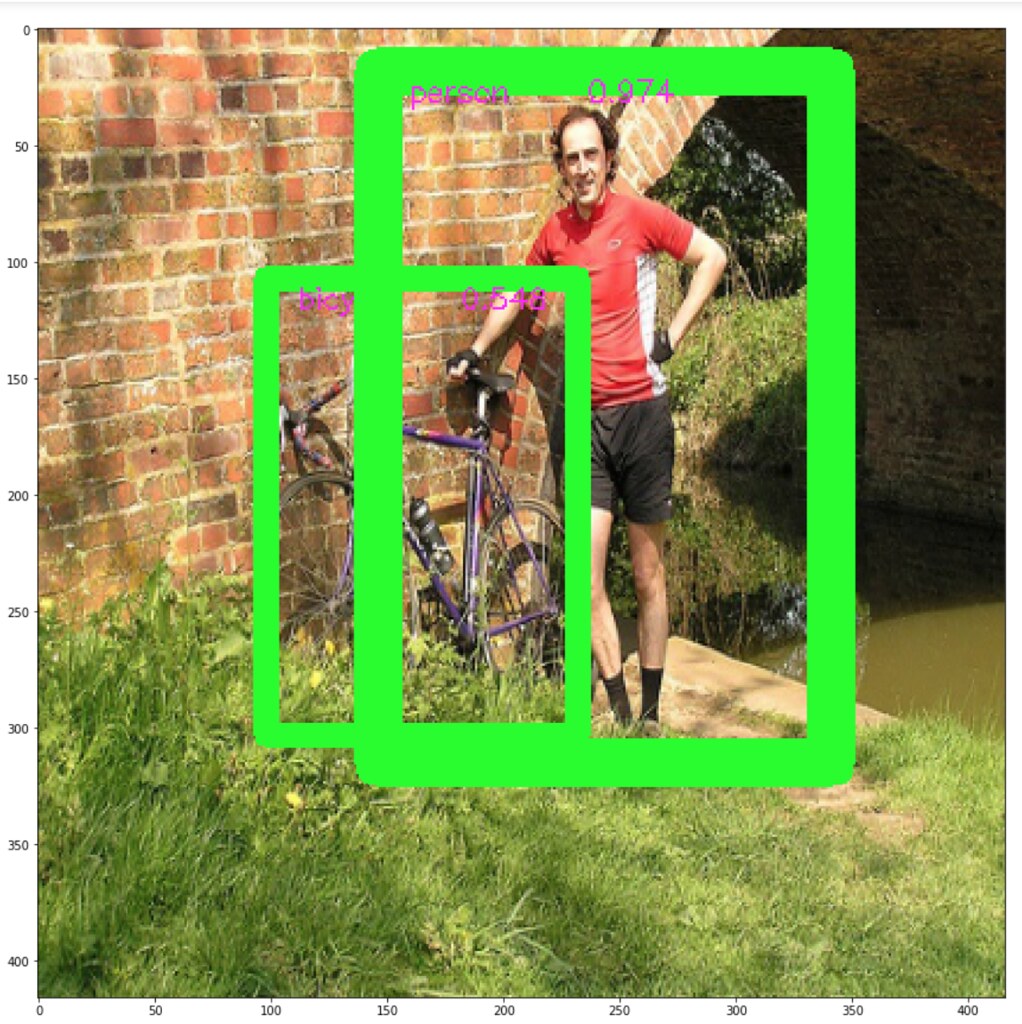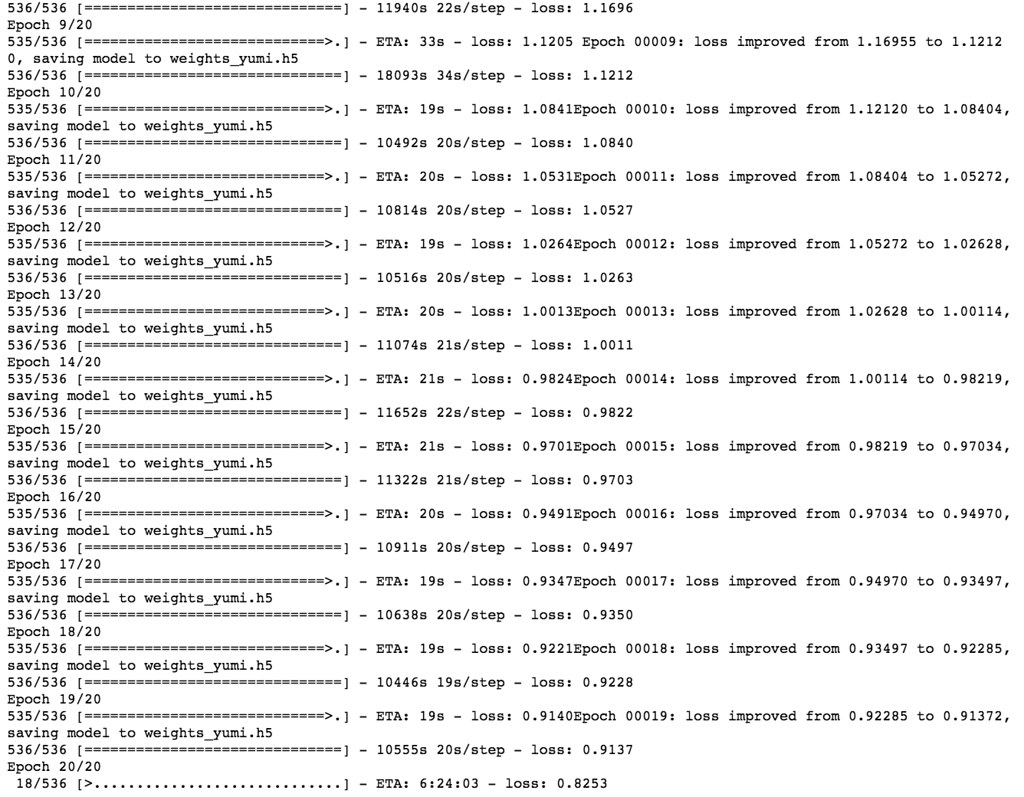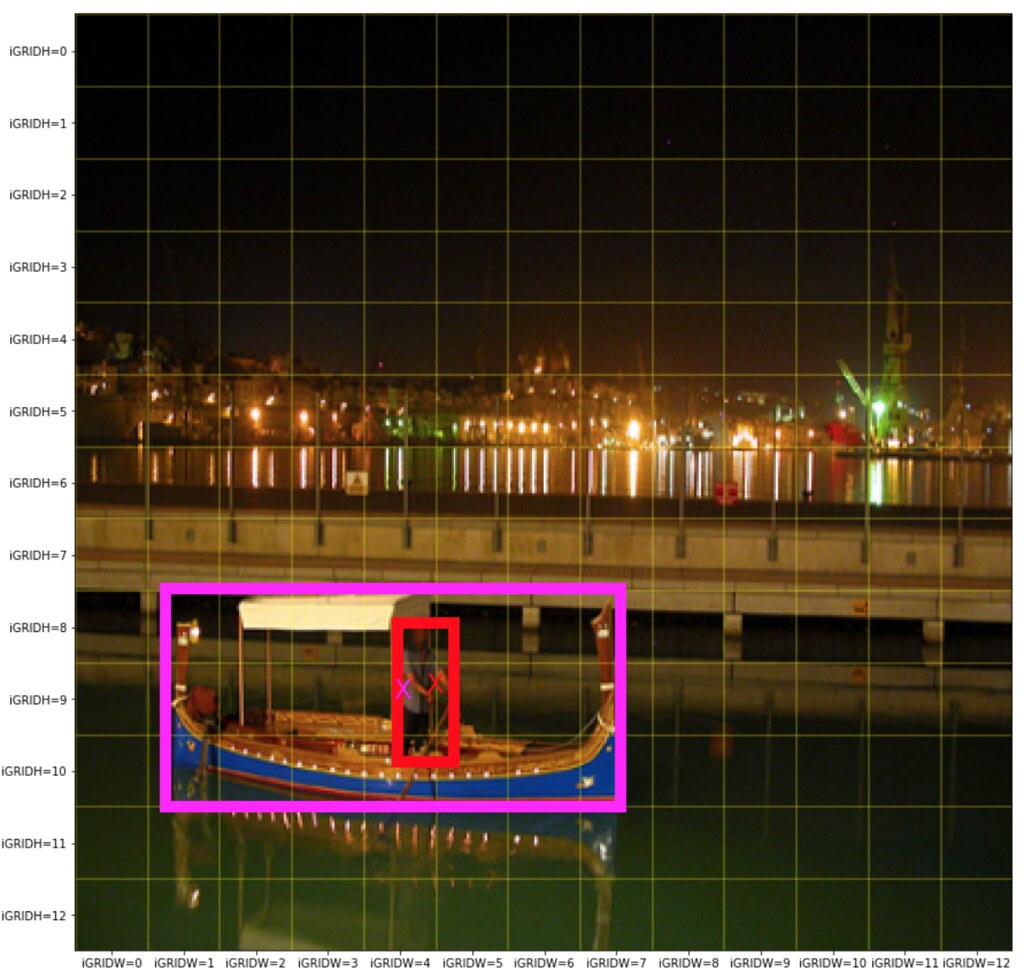Detecting objects in an image is an important task for machines:
Self-driving cars need to detect pedestrians and traffic signs on the street; Cool YouTube video for ADAS
Driving assistant technologies should find the eye's gazing direction to ensure that the driver is focused on driving; Driver Drowsiness Warning System (Ex1), Driver Drowsiness Warning System (Ex2)
Use pretrained YOLO network for object detection, SJSU data science night (Setup)
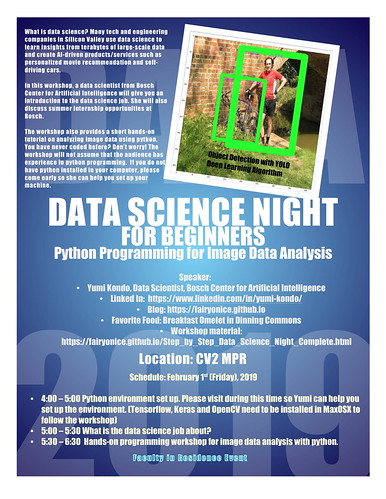 This notebook gives step by step instruction to set up the environment to run the codes Use pretrained YOLO network for object detection, SJSU data science night.
This notebook gives step by step instruction to set up the environment to run the codes Use pretrained YOLO network for object detection, SJSU data science night.
Table of contents
Setup
Please take the following steps in Max OSX (Sorry for Windows users).
Part 7 Object Detection with YOLOv2 using VOC 2012 data - inference on video
This is the seventh and final blog post of Object Detection with YOLO blog series. This blog performs inference using the model in trained in Part 5 Object Detection with Yolo using VOC 2012 data - training. I will use PASCAL VOC2012 data. This blog assumes that the readers have read the previous blog posts - Part 1
Part 6 Object Detection with YOLOv2 using VOC 2012 data - inference on image
This is the sixth blog post of Object Detection with YOLO blog series. This blog performs inference using the model in trained in Part 5 Object Detection with Yolo using VOC 2012 data - training. I will use PASCAL VOC2012 data. This blog assumes that the readers have read the previous blog posts - Part 1
Part 5 Object Detection using YOLOv2 on Pascal VOC2012 - training
This is the fifth blog post of Object Detection with YOLO blog series. This blog finally train the model using the scripts that are developed in the previous blog posts. I will use PASCAL VOC2012 data. This blog assumes that the readers have read the previous blog posts - Part 1
Part 4 Object Detection using YOLOv2 on Pascal VOC2012 - loss
experiencor/keras-yolo2's YOLO V2 loss¶
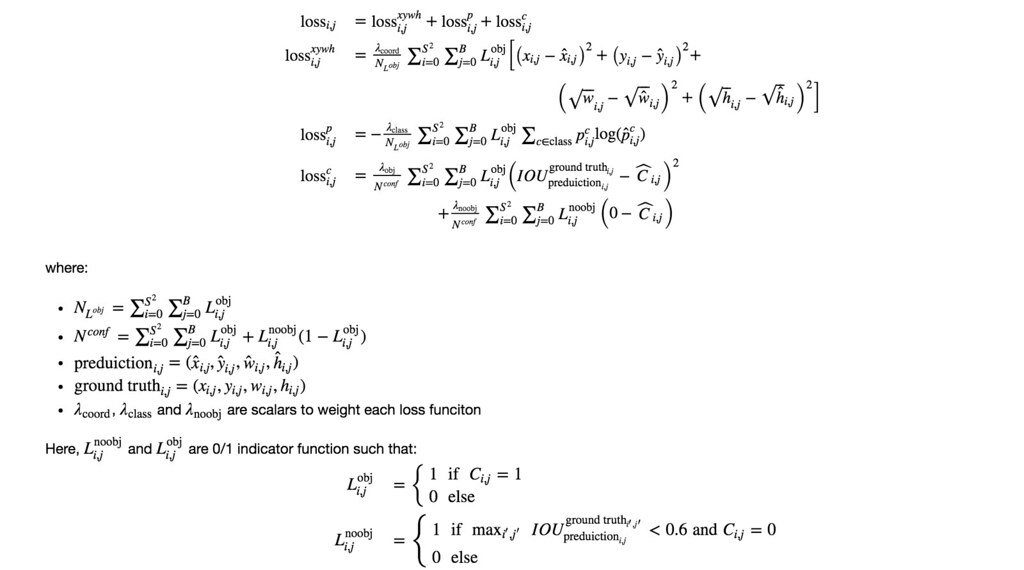
This is the fourth blog post of Object Detection with YOLO blog series. This blog discusses the YOLO's loss funciton. This will be the most intense blog post in Object Detection with YOLO blog series. as loss function of YOLO is quite complex. So please get excited! For demonstration of the code, I will agian use PASCAL VOC2012 data. This blog assumes that the readers have read the previous blog posts - Part 1
Part 3 Object Detection using YOLOv2 on Pascal VOC2012 - model
This is the third blog post of Object Detection with YOLO blog series. This blog discusses the YOLO's model architecture. I will use PASCAL VOC2012 data. This blog assumes that the readers have read the previous two blog posts - Part 1, Part 2.
Andrew Ng's YOLO lecture¶
Part 2 Object Detection using YOLOv2 on Pascal VOC2012 - input and output encoding
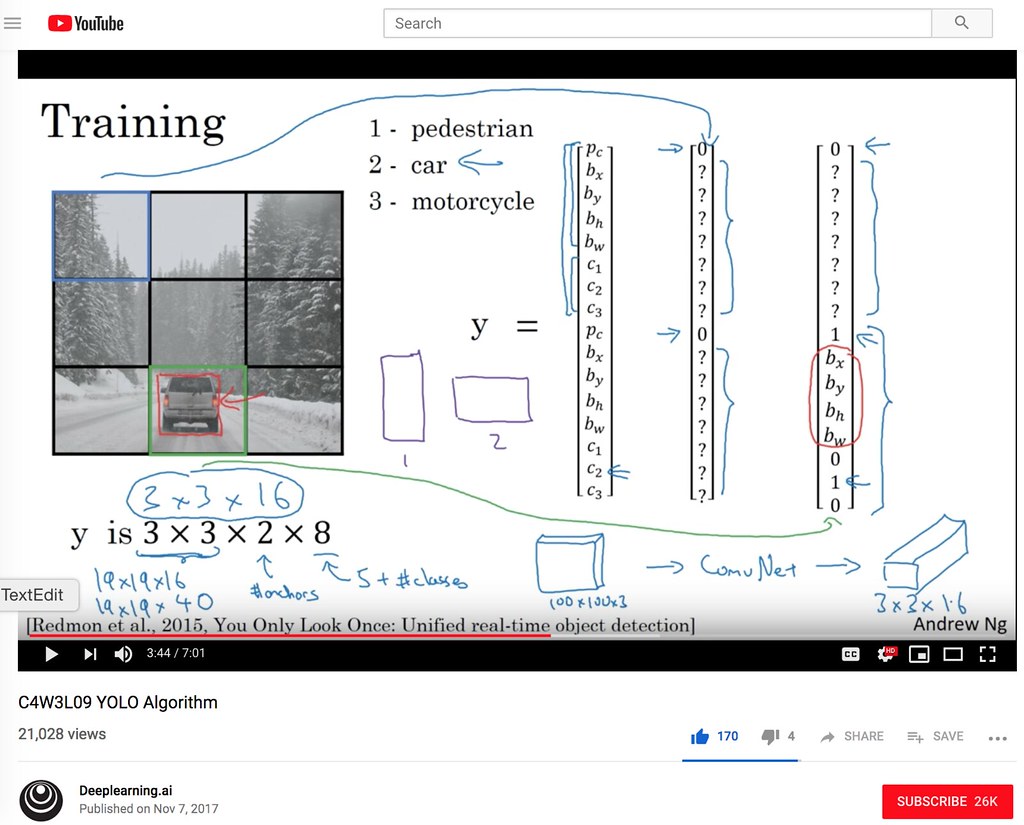 The screenshot of Andrew Ng's YOLO lecture
The screenshot of Andrew Ng's YOLO lecture
This is the second blog post of Object Detection with YOLO blog series. This blog discusses the YOLO's input and output encoding. I will use PASCAL VOC2012 data.
This blog assumes that the readers have watched Andrew Ng's YOLO lectures on youtube. Specifically, the following 5 videos. Each of these videos are (of course free and) about 10 minutes and in total it takes less than 45 minitues. So please watch through all the videos.
Part 1 Object Detection using YOLOv2 on Pascal VOC2012 - anchor box clustering
This is the first blog post of Object Detection with YOLO blog series. The goal of this blog series is to understand the state-of-art object detection algorithm, called YOLO (you only look once). Allegedly, Andrew Ng mentioned that YOLO is the best object detection algorithm in his course. See the youtube video below:
Part 4 Object Detection with Pascal VOC2012 - CNN feature extraction
This is part of the blog series for Object Detection with R-CNN.
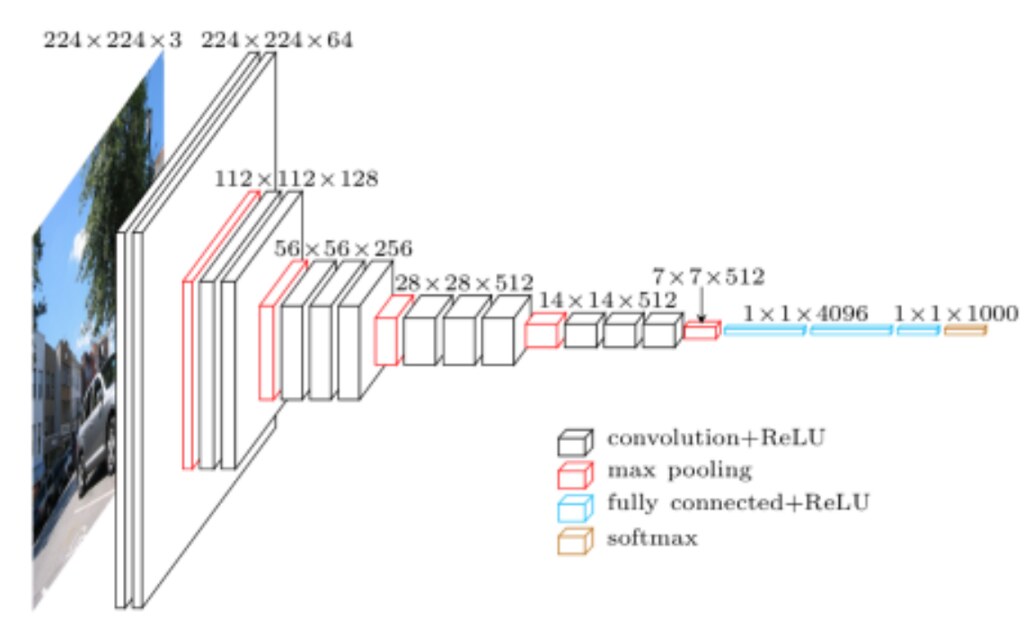 Cited from VGG in TensorFlow.
Cited from VGG in TensorFlow.
In this blog, we are now ready to train our classifier for object detection. We will use a large pre-trained CNN to extract a fixed-length feature vector from each region, and then create artificial neural networks that mapps the feature vector to the object class. We will focus on detecting a person.
